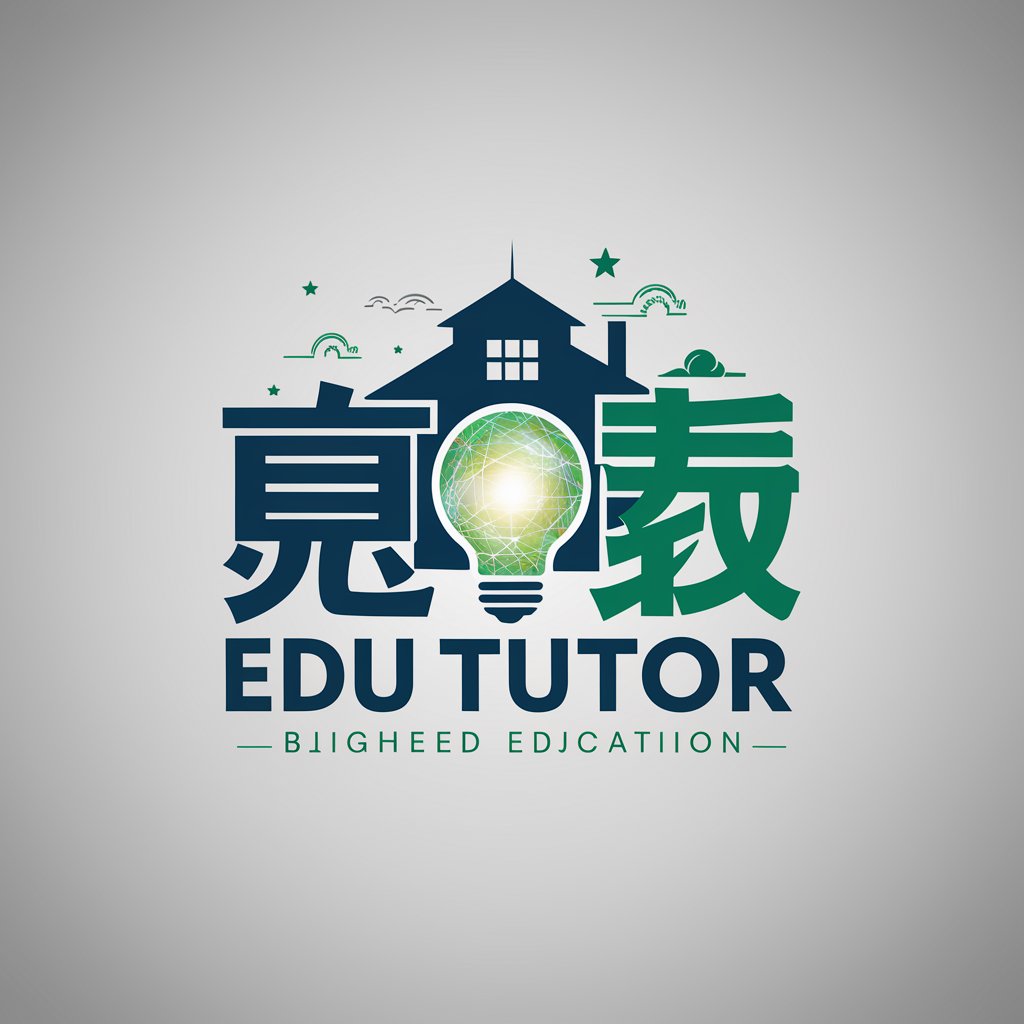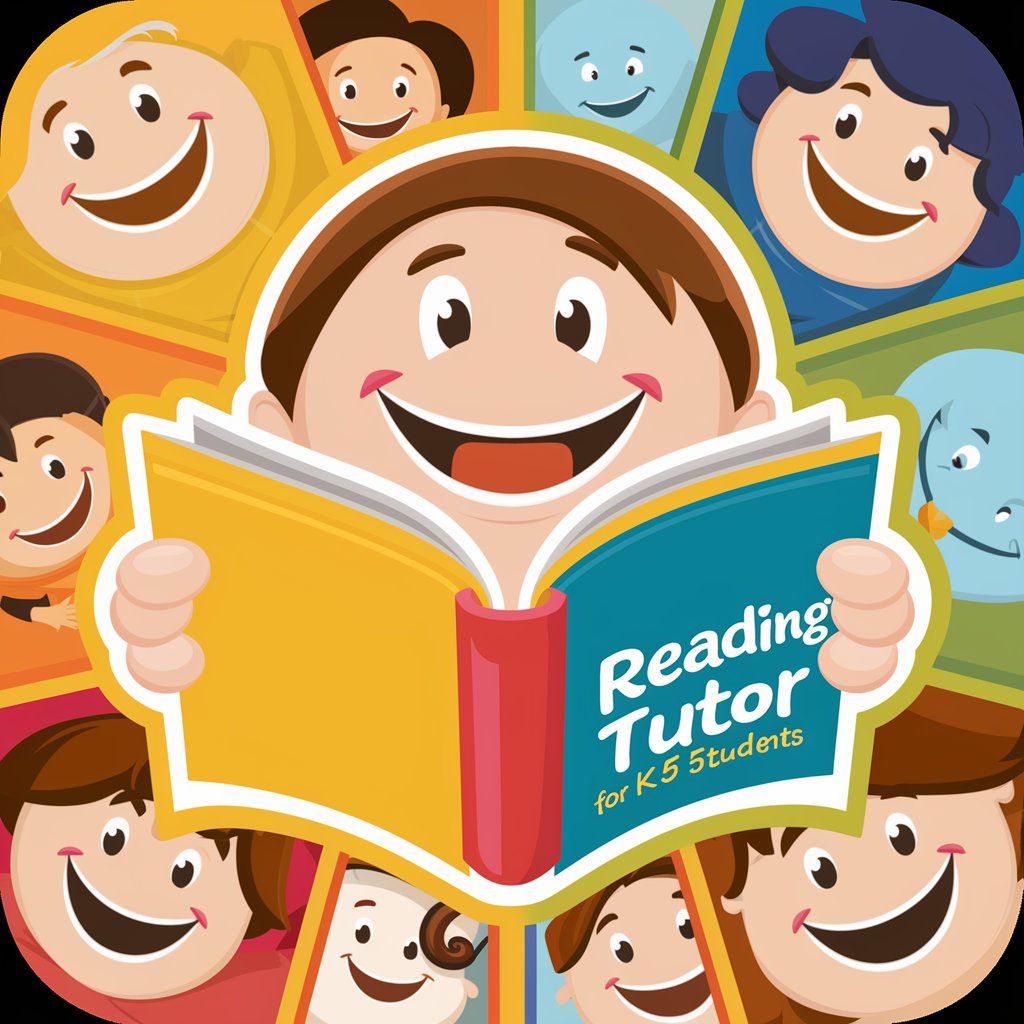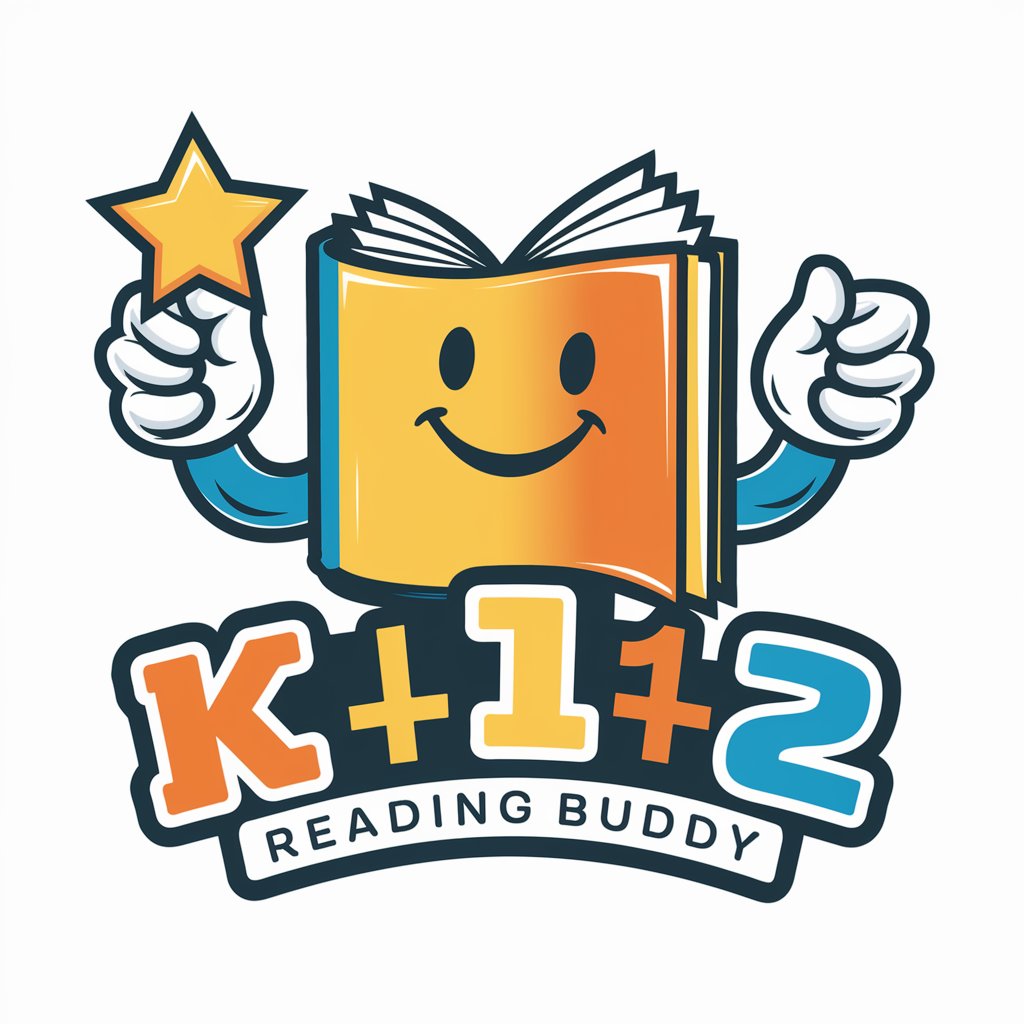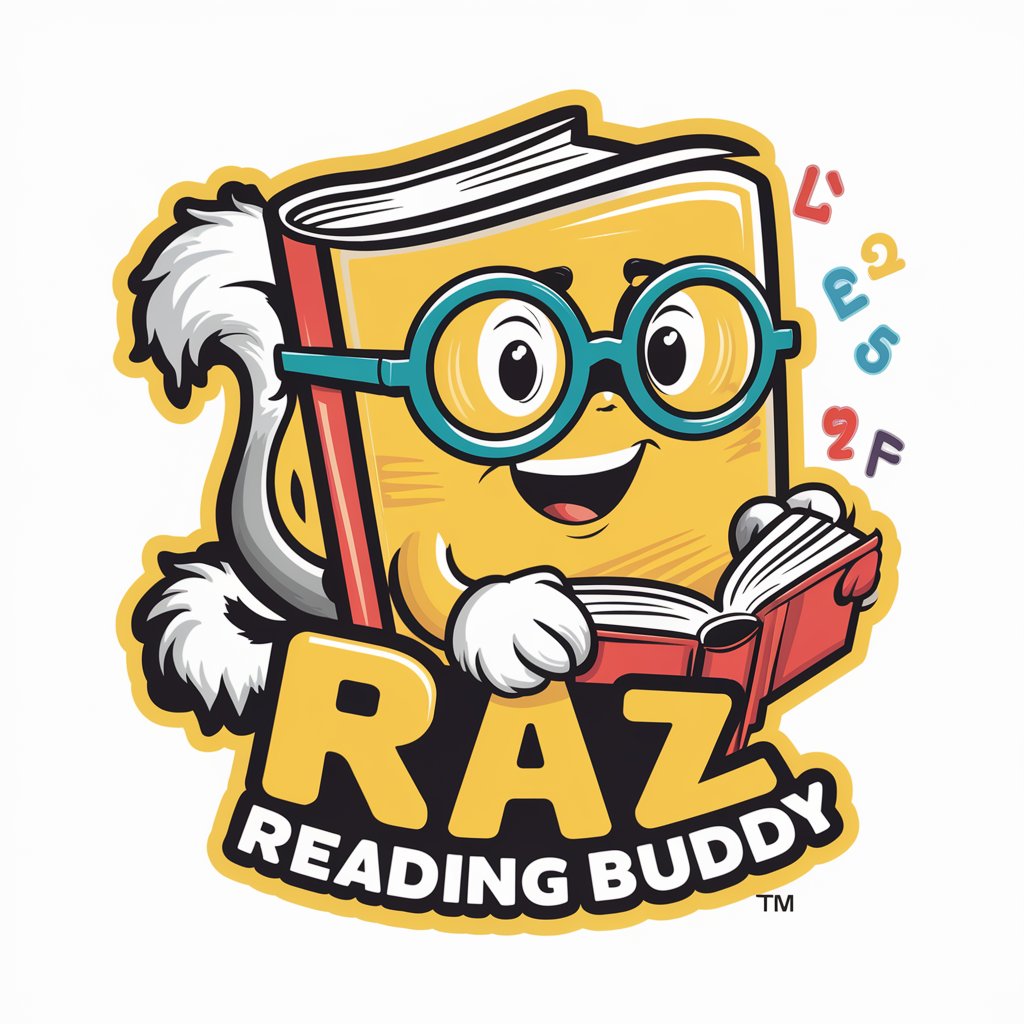
K-12 Science of Reading - Science of Reading Insights
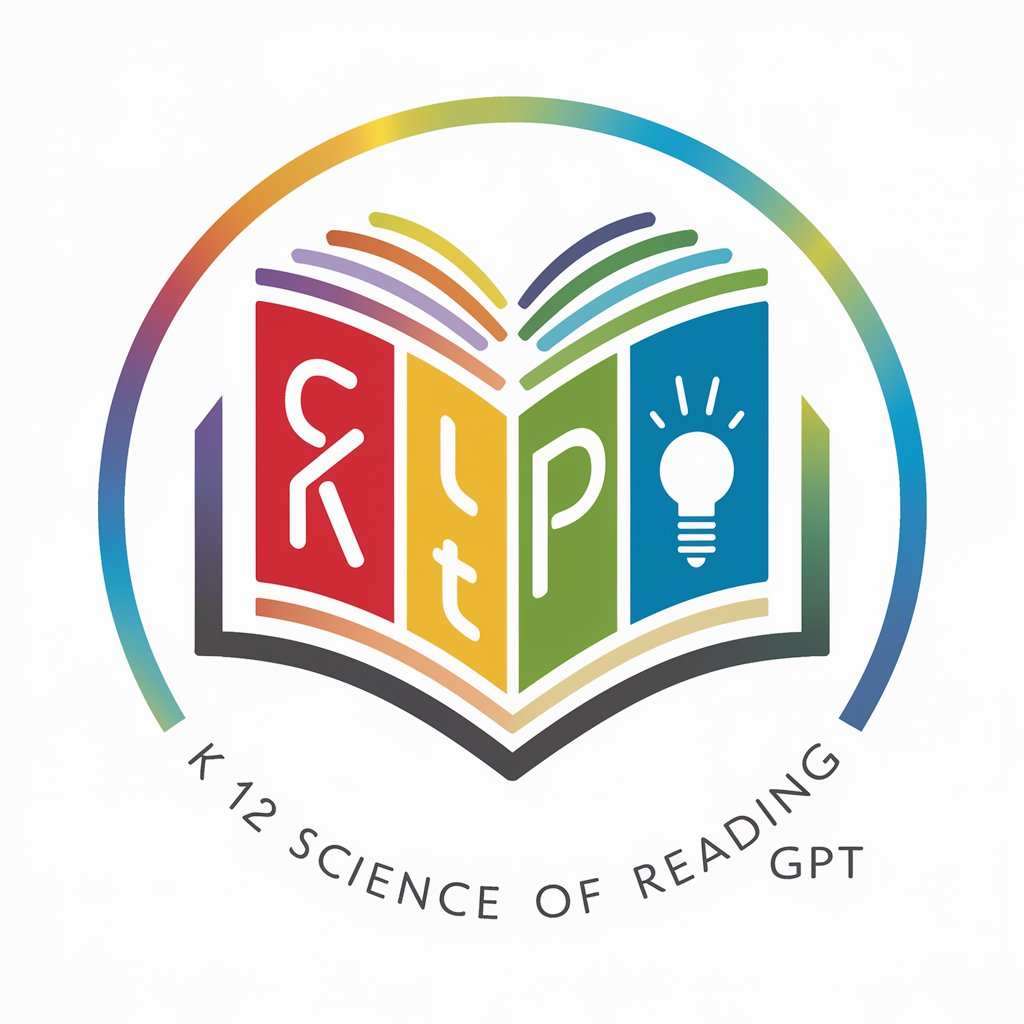
Welcome to the K-12 Science of Reading GPT! Let's explore literacy together.
Empower Reading with AI Insights
Explain the importance of phonemic awareness in early reading development.
How can teachers effectively integrate phonics instruction in their classrooms?
Discuss strategies to improve reading fluency in elementary students.
What are some effective methods to enhance vocabulary learning in high school students?
Get Embed Code
Understanding K-12 Science of Reading
The K-12 Science of Reading is a framework designed to enhance reading instruction and literacy outcomes across all grade levels. It is grounded in evidence-based research that highlights the essential components of reading development: phonemic awareness, phonics, fluency, vocabulary, and comprehension. This approach emphasizes the importance of systematic and explicit instruction in these areas to support all students, especially those struggling with reading. For example, a teacher might use phonemic awareness activities to help students distinguish between sounds in words, leading to better decoding skills. Or, a reading specialist may implement strategies to improve comprehension by teaching students how to make inferences and summarize text. The purpose of the Science of Reading is to provide educators, parents, and literacy advocates with the knowledge and tools needed to effectively teach reading, backed by scientific evidence. Powered by ChatGPT-4o。

Core Functions of K-12 Science of Reading
Phonemic Awareness Instruction
Example
Using rhyming games and sound sorting to teach students how to hear, identify, and manipulate phonemes.
Scenario
In a first-grade classroom, a teacher conducts daily phonemic awareness activities, such as breaking apart and blending sounds in words, to prepare students for reading.
Systematic Phonics Instruction
Example
Teaching the relationship between letters and sounds in a structured sequence to support reading and spelling.
Scenario
A reading interventionist works with small groups of struggling readers, using a systematic phonics program to explicitly teach the rules of spelling and sound patterns.
Fluency Development
Example
Implementing guided repeated reading sessions and modeling fluent reading to improve speed, accuracy, and expression.
Scenario
A third-grade teacher incorporates weekly fluency practice, where students read passages aloud multiple times and receive feedback, helping them read more smoothly and quickly.
Vocabulary Expansion
Example
Integrating explicit vocabulary instruction and context-based learning to enhance word knowledge.
Scenario
In a middle school science class, the teacher explicitly teaches academic vocabulary and encourages students to use new words in their science projects and discussions.
Comprehension Strategies
Example
Teaching students to use strategies like questioning, predicting, and summarizing to understand and retain information from texts.
Scenario
A high school English teacher models how to annotate a text and make connections between the reading material and personal experiences, improving students' comprehension.
Who Benefits from K-12 Science of Reading?
Educators
Teachers, reading specialists, and instructional coaches in K-12 settings benefit from using the Science of Reading by gaining strategies that are proven to effectively teach reading. This knowledge enables them to support diverse learners, including students with dyslexia or other reading challenges.
Parents and Guardians
Parents and guardians can use the principles of the Science of Reading to support their children's reading development at home. Understanding the building blocks of reading helps them choose appropriate books, games, and activities that reinforce learning.
Literacy Advocates
Literacy coaches, tutors, and advocates benefit from this approach by staying informed about the most effective methods for teaching reading. This allows them to provide targeted support in various settings, including tutoring sessions and community literacy programs.

How to Use K-12 Science of Reading
Begin a Free Trial
Start by accessing yeschat.ai to activate a free trial without needing to log in or subscribe to ChatGPT Plus.
Identify Needs
Determine your specific educational needs or questions related to K-12 reading, such as phonics, comprehension strategies, or vocabulary development.
Explore Features
Utilize the tool's features by entering questions or topics related to the science of reading. Explore different sections like phonemic awareness, fluency, or instructional strategies.
Apply Insights
Implement the suggestions and strategies in educational settings, whether in classroom instruction, curriculum planning, or student assessments.
Review and Reflect
Regularly assess the impact of applied strategies and revisit the tool for further insights and refinements to teaching approaches.
Try other advanced and practical GPTs
Confession Companion
Empathy at your fingertips.

CryptoCompass
Demystifying Cryptocurrency with AI

Promo
Unlock savings with AI-powered deals

TVU 智能客服
Empower your customer service with AI
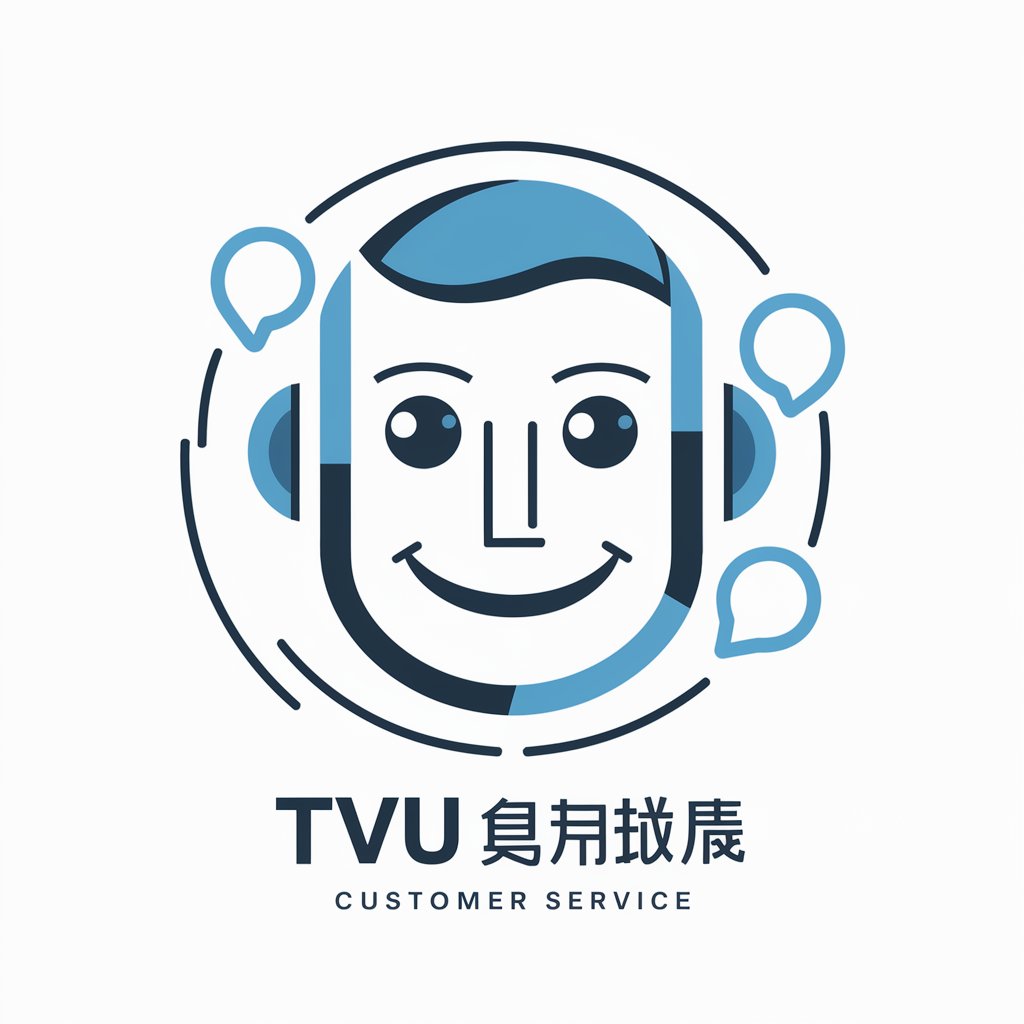
Data Analytics
Unlock Insights with AI-Powered Analysis

Human Doctors AI expert
Empowering Doctors with AI Insight
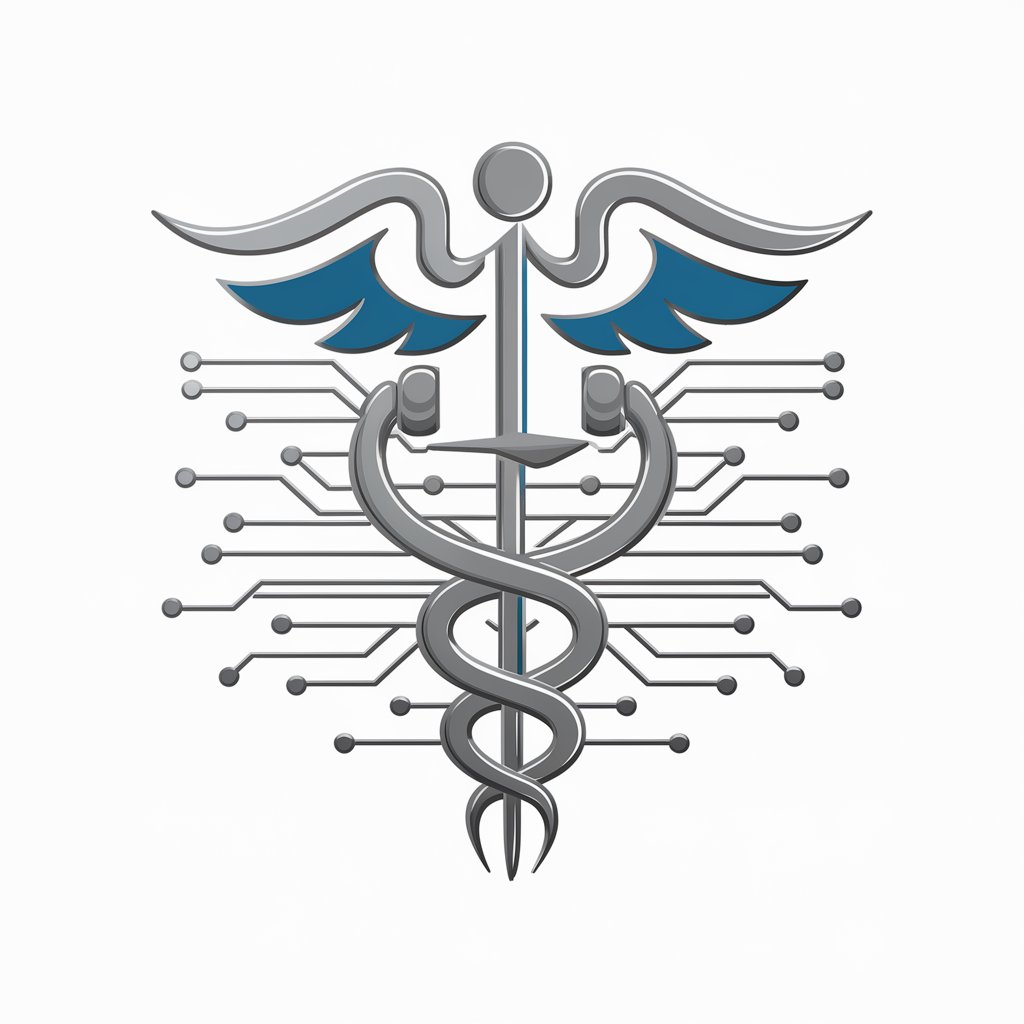
Structural Engineering
Empowering construction with AI-driven engineering

Lumber
Empowering DIY Woodcraft with AI

Follow Up BOT
Streamline Communications with AI-Powered Follow-Ups

Quantitative Analysis
Empowering Decisions with AI Analysis

Midwest
Explore the Heart of America with AI

Find Racism Intention in Propaganda Text
Unveil hidden biases with AI-powered analysis
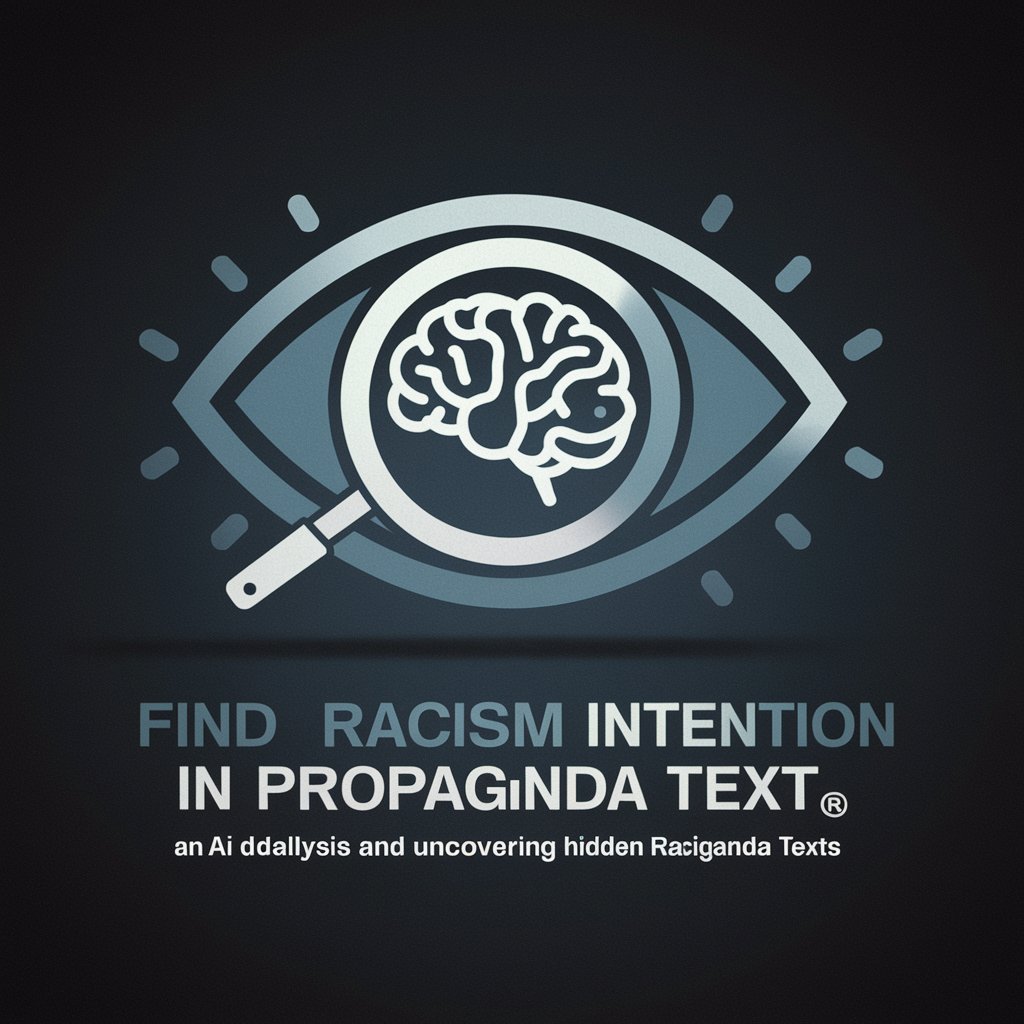
Frequently Asked Questions about K-12 Science of Reading
What is the K-12 Science of Reading?
It refers to a comprehensive approach based on research to teach reading effectively. It encompasses areas like phonemic awareness, phonics, fluency, vocabulary, and comprehension.
How can I integrate the Science of Reading into my curriculum?
Start by assessing your current curriculum against science of reading principles. Then, gradually incorporate evidence-based practices, such as systematic phonics instruction and strategies to improve comprehension.
What are common misconceptions about the Science of Reading?
Common misconceptions include the belief that it only applies to early reading instruction or that it excludes the importance of literature. In reality, it supports reading development at all levels and emphasizes the role of engaging texts.
How can I assess students' reading skills effectively?
Use a variety of assessment tools designed to measure key reading components like phonemic awareness, decoding skills, fluency, vocabulary, and comprehension. Regularly monitor progress and adjust instruction accordingly.
Can the Science of Reading help struggling readers?
Absolutely. It provides a structured and evidence-based approach that can be tailored to meet individual needs, helping to identify specific areas of difficulty and applying targeted interventions.

